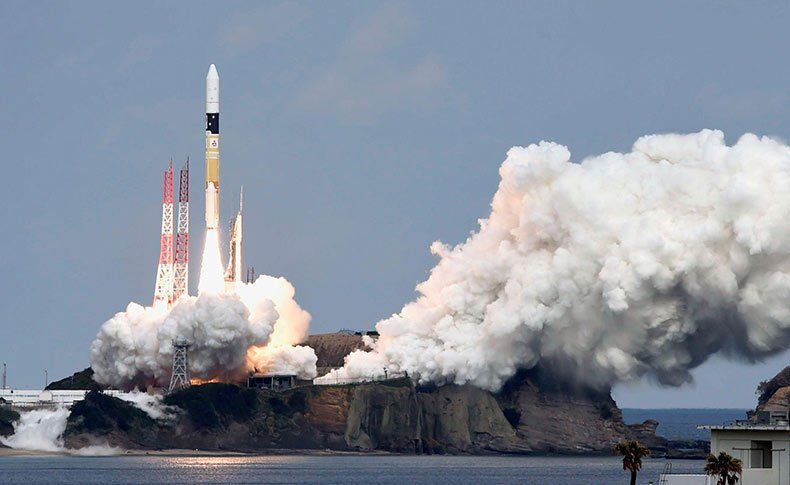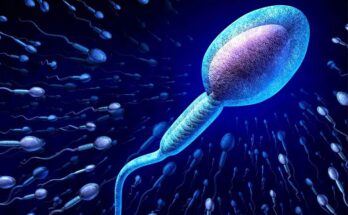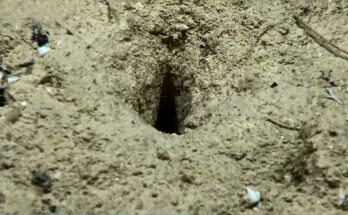Space explorer of Japan is ready to blow a crater in an asteroid. Image Courtesy – https://mattlevonian.com
A space explorer, named “Hayabusa2 has been launched from Tanegashima Space Centre of Southern Japan to blow a crater in a faraway asteroid and collect rock samples. The launch occurred on Wednesday, the 3rd December 2014 for a six-year journey with the expectation of gathering clues to analyze the origin of the earth. The estimated time for the explorer to reach near the asteroid is around the middle of 2018. It will study the asteroid for 18 nearly months and come back in the year 2020.
The shape of the “Hayabusa2” is rectangular, and 2 solar panel sets are attached at the side of the unit. The main unit of the “Hayabusa2” measures 3.2 x 5.2 x 4.6 feet and its weight is nearly 1300 pounds.
The target is to shoot a projectile into the asteroid to create a blast so that the crater can be opened and making it easier for the explorer to collect rock samples from inside. The space agency of Japan, JAXA, will analyze the origin of seawater, and also the mystery of the earth’s formation. In this way, Asteroids can be beneficial to provide evidence about the birth of the Solar System and its further development.
“Hayabusa” was the previous explorer which accumulated materials from the surface of another asteroid and it returned in the year 2010. Scientists are expecting “Hayabusa2” to expand the work of the previous explorer in collecting materials that are not worn out by long exposure to heat and space environment.





